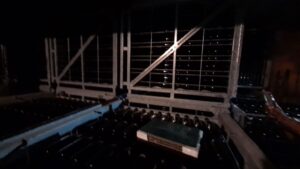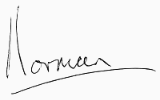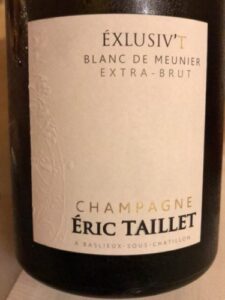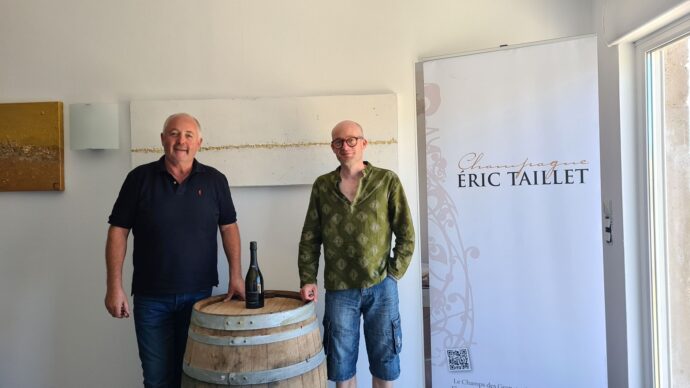norman.comfort@getcomfortable.co.uk, or talk to me on 07530 708125. Let's do this.....
My visit to Eric Taillet
Eric Taillet is a champagne grower based in Vallée de la Marne. As you might expect from this area his speciality is making Champagne based on the grape Pinot Meunier. Sometimes as single blend (known as a blanc de noir, and sometimes with the other classic Champagne grapes, Pinot Noir and Chardonnay)
Vallée de la Marne is one of the sub regions of Champagne (and the largest) and is probably most recognised for growing Pinot Meunier. Pinot Meunier begins bud burst and flower set a week or so later than Pinot Noir or Chardonnay. This time difference is critical, because it dramatically reduces the risk of frost killing the vine when it begins to awaken. To a blend therefore, it can offer some much-needed quantity of grapes. But in taste and texture profile it can also offer some softness and fruitiness to the party. Pinot Meunier was once seen as an inferior grape variety in Champagne, but this is not the case today. Vallée de la Marne is a complex and evolving area with soils containing more marls, sand or clay than the classic chalk associated with Champagne region more boradly.
I remember arriving at the vineyard of Eric Taillet. Its small and very understated, like most of the grower champagne houses. Completely different to the houses of the big brands based in Riems or Epernay. On arrival you see a sense of family history in the building and how as generation has passed the winery onto the future, so small improvements and innovations have been made, and yet nothing has been lost or forgotten.
 To the right we have the winery. The most notable thing is of course, the huge vertical press. Pressing is an essential aspect of creating champagne. The free run juice (2050 litres for every 400 kilos of grapes) must not be rushed. Tannins and certain flavanols from the grapes will interfere with the profile of the wine.
To the right we have the winery. The most notable thing is of course, the huge vertical press. Pressing is an essential aspect of creating champagne. The free run juice (2050 litres for every 400 kilos of grapes) must not be rushed. Tannins and certain flavanols from the grapes will interfere with the profile of the wine.
Before the tasting we were shown the steal tanks used for first fermentation of wine. Space is at a premium in any small winery, and here you can see how intricately everything has been designed. There are around eight tanks. First fermentation of sparkling wine can last anywhere from the minimum requirement of roughly four months (you cannot end first fermentation before the following January in Champagne) but in this time the first fermentation and the malolactic fermentation will complete (malolactic fermentation begins after approximately 4 to 5 weeks).
 The we go down to the cellar. Here you can feel the dampness, the humidity, and of course the chalk. There is water on the ground, it is noticeably cooler, and there is water on the ground. Here a second fermentation is happening in the bottles completely surrounding us. Again, space is at a premium – everyone of these bottles is precious. For the second fermentation a precise amount of yeast and sugar is added to the bottle (along with a little of the clarifying agent bentonight). We need enough to get the right fizz but not too much that the bottle bursts. Once this fermentation has occurred in the bottle, the sugar will become alcohol and carbon dioxide which cannot escape and therefore becomes the small bubbles in the wine. The dead yeast cells have no where to go, and so they begin to decompose. As they do, this adds a further layer of complexity to the wine. Autolytic flavours include bread, yeast, almond nuts Autolysis begins to happen after around nine months in the bottle, but it can continue for many years.
The we go down to the cellar. Here you can feel the dampness, the humidity, and of course the chalk. There is water on the ground, it is noticeably cooler, and there is water on the ground. Here a second fermentation is happening in the bottles completely surrounding us. Again, space is at a premium – everyone of these bottles is precious. For the second fermentation a precise amount of yeast and sugar is added to the bottle (along with a little of the clarifying agent bentonight). We need enough to get the right fizz but not too much that the bottle bursts. Once this fermentation has occurred in the bottle, the sugar will become alcohol and carbon dioxide which cannot escape and therefore becomes the small bubbles in the wine. The dead yeast cells have no where to go, and so they begin to decompose. As they do, this adds a further layer of complexity to the wine. Autolytic flavours include bread, yeast, almond nuts Autolysis begins to happen after around nine months in the bottle, but it can continue for many years.
After disgorgement, the dosage is added. This is the final part of the equation to balance the wine, its complexity, its acidity, and its finish. Dosage is typically taken from the original blended wines in this vineyard. Now we have a final product. Back to the tasting room! My next post will provide comprehensive tasting notes from this visit!


